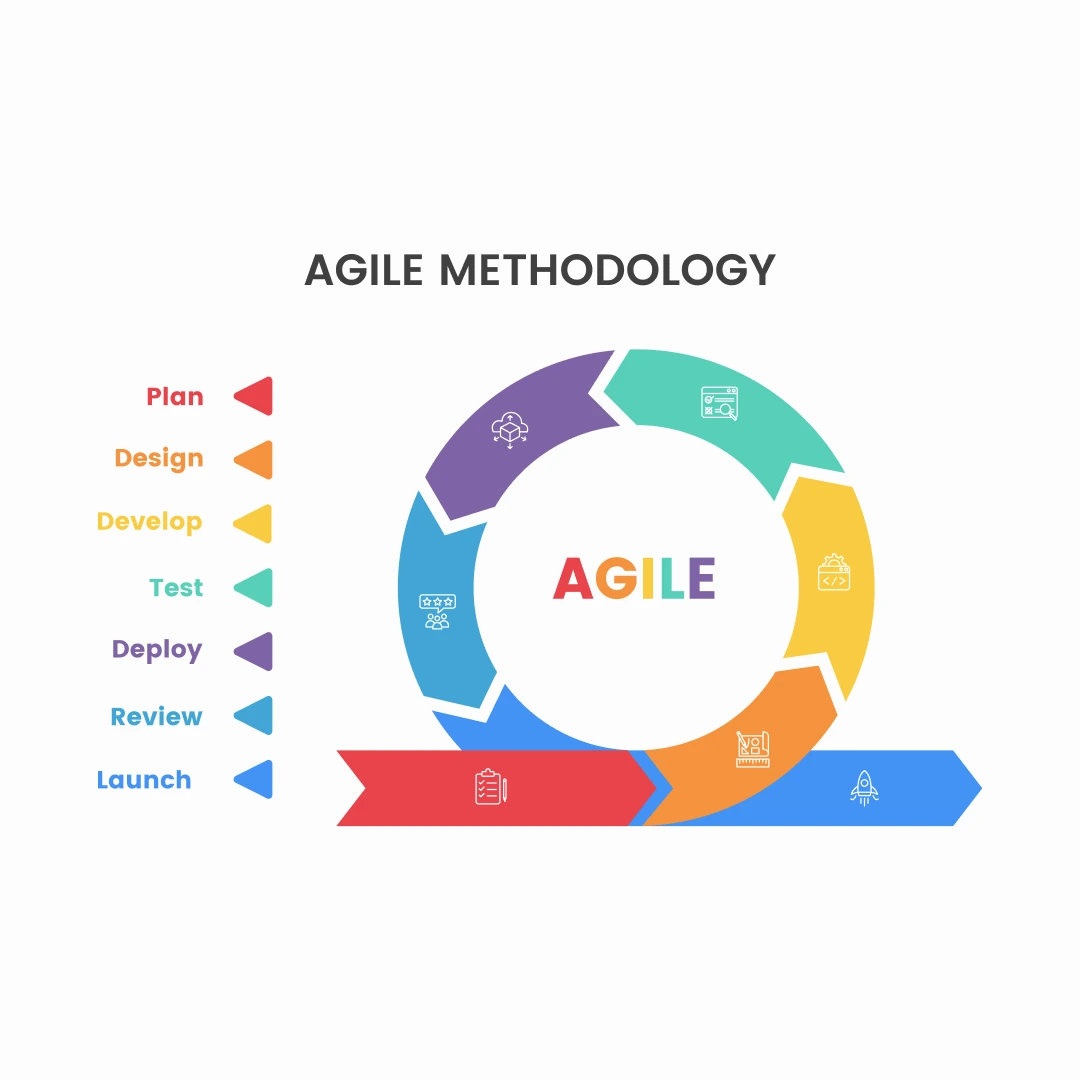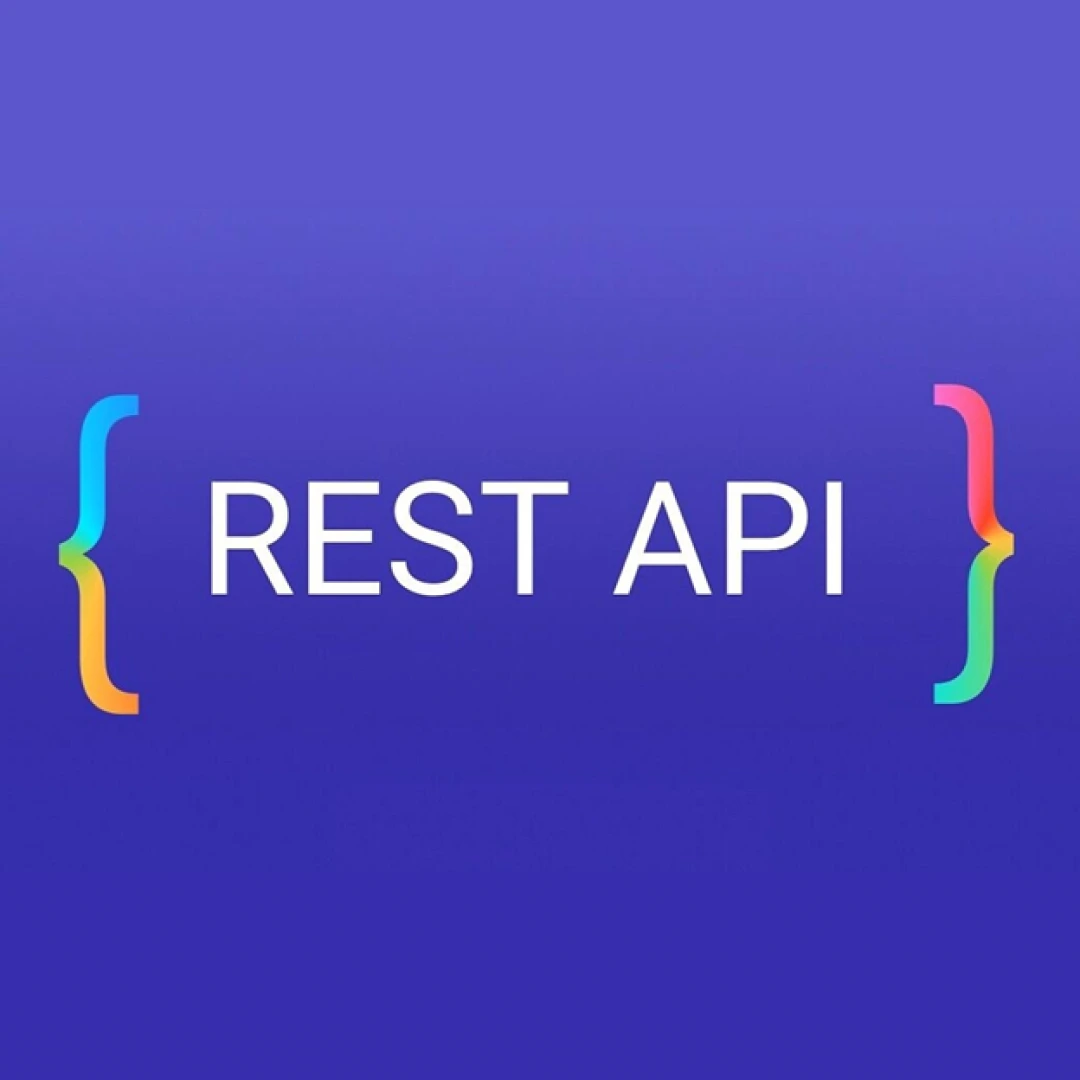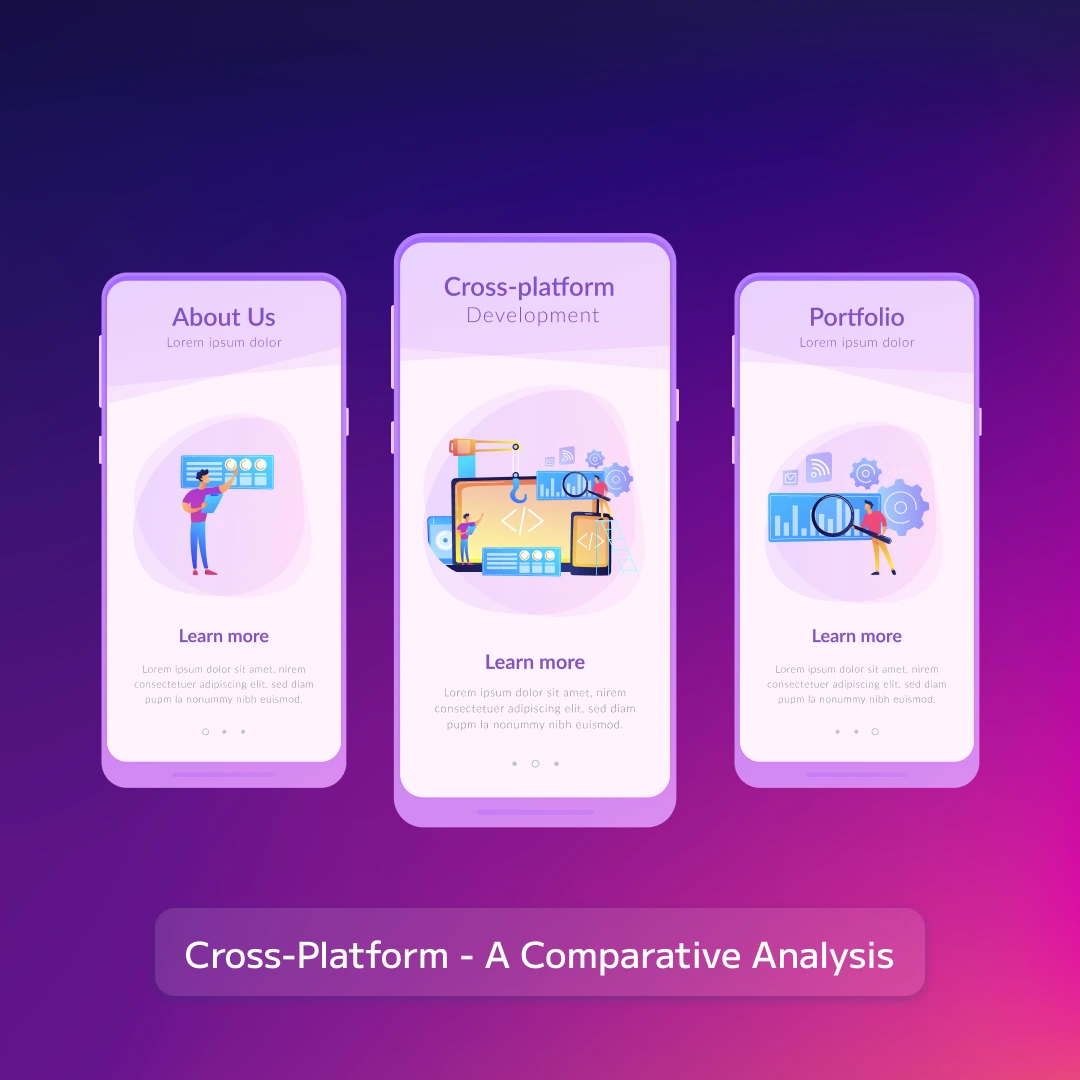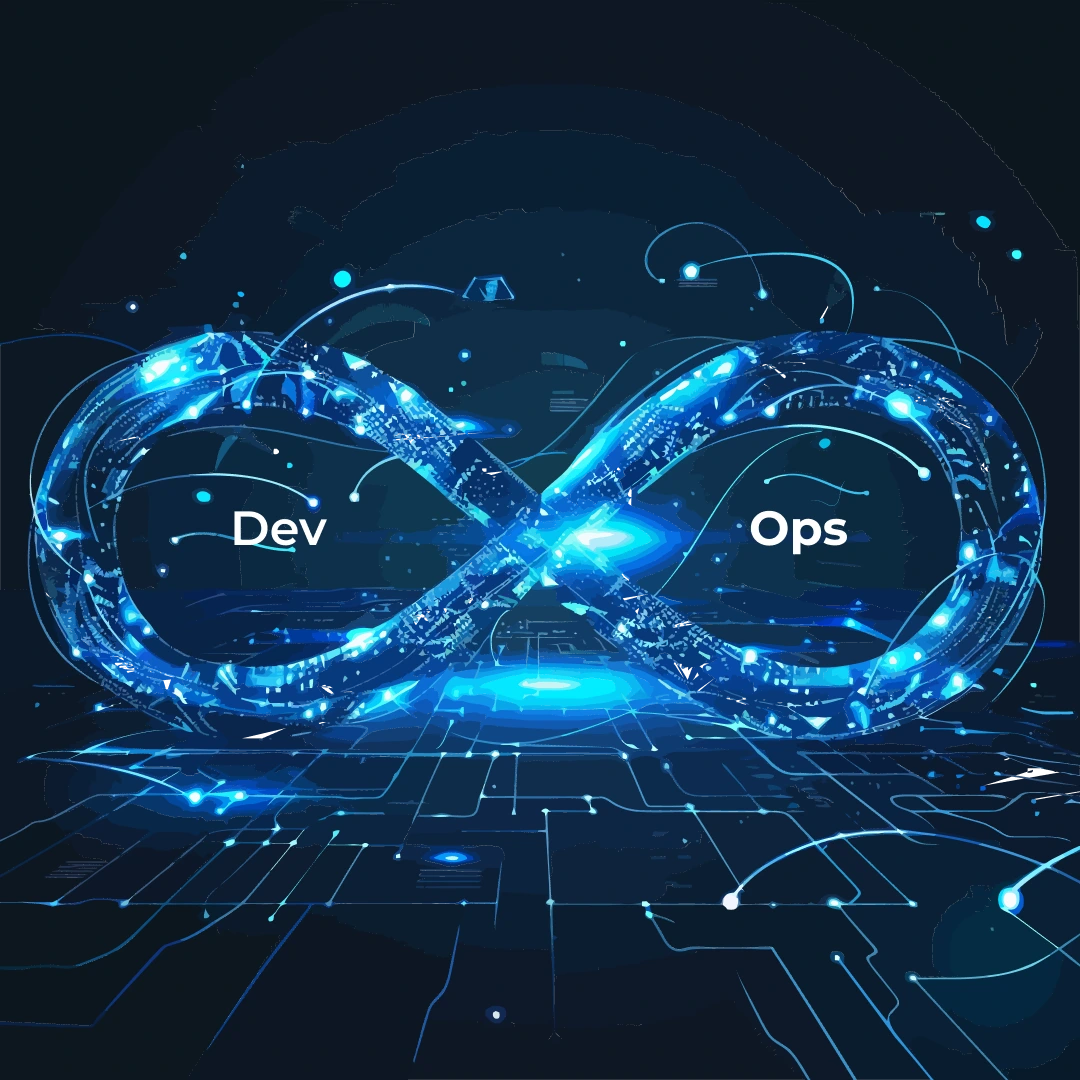

Table of Contents
- Exploring DevOps: Tools - Techniques
- and Best Practices
- Introduction to DevOps
- Case Studies: Successful DevOps Implementations
- Final Thoughts
- Frequently Asked Questions (FAQs):

Exploring DevOps: Tools - Techniques, and Best Practices
At Blue IT Systems GmbH, we help businesses harness the full potential of DevOps. Our expert DevOps services include automating workflows, setting up continuous integration and delivery (CI/CD) pipelines, and leveraging the best tools for monitoring and scaling your infrastructure. We ensure seamless collaboration across your teams, increased productivity, and the ability to adapt to changing market demands.
This article delves deep into the tools, techniques, and best practices that make DevOps a cornerstone of modern software delivery.
Introduction to DevOps
- What is DevOps?
- History and Evolution of DevOps
DevOps is a cultural and technical shift aimed at fostering collaboration between software developers (Dev) and IT operations (Ops). It breaks down silos, improving communication and efficiency in delivering high-quality software at a faster rate. DevOps is a response to the shortcomings of traditional IT practices, which often led to slower release cycles and increased tension between development and operations teams.
The concept of DevOps originated in the late 2000s. With the rise of Agile methodologies and the growing demand for faster software releases, the need for better collaboration between developers and operations professionals became apparent. Today, DevOps has grown to encompass a wide range of tools, methodologies, and best practices, evolving into an integral part of IT ecosystems.
Core Principles of DevOps
- Collaboration Between Development and Operations
- Continuous Integration and Continuous Delivery (CI/CD)
At its heart, DevOps promotes a culture of collaboration. The traditional "handoff" from development to operations often created bottlenecks, resulting in delays, bugs, and dissatisfaction. By working together from the start, development and operations teams can streamline processes, reduce errors, and foster a continuous feedback loop.
CI/CD is one of the key principles that fuels DevOps success. Continuous integration means that developers frequently merge their changes into a shared repository, where automated builds and tests can be run. Continuous delivery ensures that these changes are automatically prepared for release to production. Together, they enable faster, more reliable software deployment.
DevOps Lifecycle
Stages of the DevOps LifecycleThe DevOps lifecycle is an iterative process that includes several stages: planning, development, testing, deployment, and monitoring. These stages overlap and feed into one another, emphasizing feedback and continuous improvement.
- Planning:
Teams plan features and fixes collaboratively. - Development:
Code is written and continuously integrated into a shared repository. - Testing:
Automated tests are run to ensure the code is functional. - Deployment:
Changes are pushed to production in an automated, reliable way.
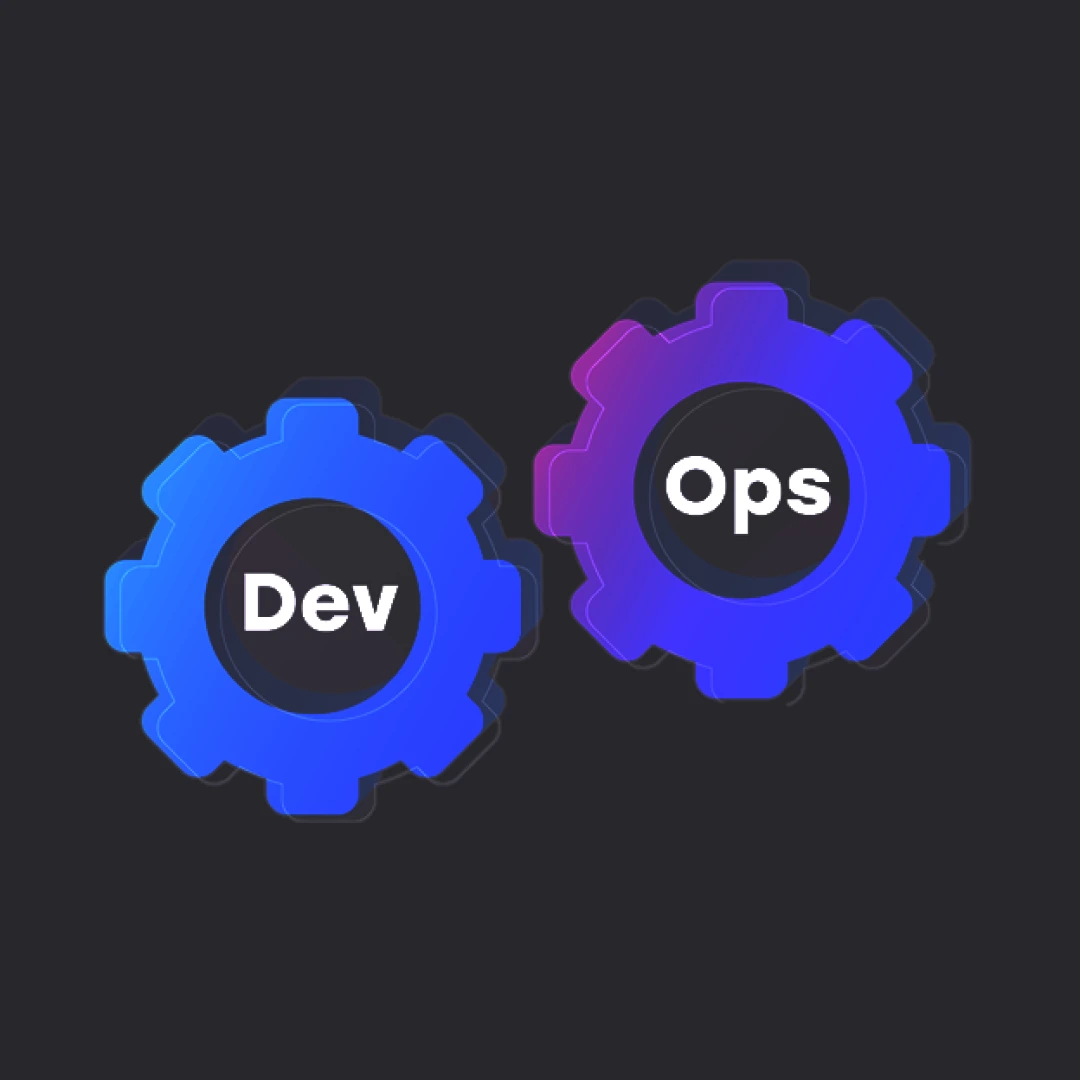
Popular DevOps Tools
- Git and Version Control
Git is a foundational tool in DevOps for version control. It allows developers to track changes, collaborate on code, and manage project history. Platforms like GitHub and GitLab provide cloud-based repositories for seamless collaboration and integration with other DevOps tools. - Jenkins for Automation
Jenkins is a widely-used tool for automating tasks in the CI/CD pipeline. With its extensive plugin ecosystem, Jenkins enables developers to automate builds, tests, and deployments, ensuring faster and more reliable software delivery. - Docker for Containerization
Docker revolutionized DevOps with its containerization technology. Containers allow developers to package applications and their dependencies into lightweight, portable units. This ensures that software runs consistently across different environments, reducing the "works on my machine" problem. - Kubernetes for Orchestration
Kubernetes is a container orchestration platform that helps manage and scale containerized applications. It automates the deployment, scaling, and management of containerized workloads, making it easier to handle large-scale distributed systems. - Ansible for Configuration Management
Ansible simplifies configuration management by automating repetitive tasks. It ensures that the infrastructure is consistent, reducing the potential for human error. Ansible scripts (called playbooks) help DevOps teams manage environments efficiently.
DevOps Techniques and Methodologies
- Agile Methodology in DevOps
Agile and DevOps are closely linked, with Agile being a precursor to the DevOps movement. Agile methodologies focus on iterative development and customer feedback, which naturally complement DevOps' emphasis on collaboration and continuous improvement. In an Agile-DevOps environment, developers work in sprints, continuously releasing updates and new features, which are then smoothly integrated into the production environment using DevOps practices. The Agile approach keeps teams nimble, allowing them to respond quickly to customer needs while maintaining the infrastructure's stability through DevOps principles. - Scrum and Kanban in DevOps
Scrum and Kanban are two popular frameworks under the Agile umbrella that play crucial roles in DevOps. Scrum is a structured framework that breaks work into sprints or time-boxed iterations, helping teams stay organized and deliver regular releases. Kanban, on the other hand, is a more flexible framework focused on visualizing workflows, managing tasks in real time, and improving efficiency. In DevOps, teams might use Scrum for development planning and Kanban for operations tasks, blending the two to manage both development and operations tasks effectively.
Best Practices for Implementing DevOps
- Embracing Automation
Automation is the backbone of DevOps. By automating repetitive tasks—such as testing, deployment, and monitoring—teams can focus on innovation rather than manual labor. Automation reduces human error, speeds up processes, and ensures consistency across environments. Tools like Jenkins, Ansible, and Docker allow teams to automate significant portions of their workflows, from building and testing code to deploying it in production. - Promoting a Culture of Collaboration
One of the key aspects of DevOps is breaking down the traditional silos between development, operations, and other teams. Creating a culture where everyone collaborates, communicates openly, and shares responsibility for both the success and failure of deployments is essential. Cross-functional teams that include developers, operations professionals, and even security experts ensure that all perspectives are taken into account, reducing conflicts and fostering smoother deployments. - Monitoring and Logging in DevOps
Monitoring and logging are critical in a DevOps environment to maintain visibility and control over the systems in production. By constantly tracking system performance and application behavior, teams can proactively identify potential issues before they escalate. Monitoring tools like Prometheus, Grafana, and ELK Stack provide real-time data that help teams monitor the health of their systems, while logging solutions store historical data, enabling teams to investigate and troubleshoot issues.
Cloud Computing and DevOps
- How Cloud Platforms Enhance DevOps
Cloud computing and DevOps are a perfect match. Cloud platforms provide scalable infrastructure, allowing teams to deploy, manage, and scale applications with ease. Using cloud services like AWS, Azure, or Google Cloud, teams can automate resource provisioning and dynamically allocate the infrastructure needed for different environments, from development to production. Cloud platforms also offer a wide range of DevOps tools and services, further simplifying CI/CD processes. - Popular Cloud Providers: AWS, Azure, and Google Cloud
When adopting DevOps, most organizations rely on popular cloud providers for their infrastructure needs. AWS (Amazon Web Services) offers an extensive suite of DevOps services, including CodeBuild, CodeDeploy, and CodePipeline. Microsoft Azure provides integrated tools like Azure DevOps, which helps teams with project management, version control, and continuous integration. Google Cloud focuses on developer-friendly tools like Kubernetes Engine and Cloud Build, offering flexible, open-source solutions that scale globally.
Security in DevOps (DevSecOps)
- Integrating Security into the DevOps Pipeline
Security in DevOps, also known as DevSecOps, involves integrating security practices into every phase of the DevOps pipeline, ensuring that security is not an afterthought but part of the process from the start. By adopting a “shift-left” approach, where security is introduced earlier in the development lifecycle, teams can identify and fix vulnerabilities before they reach production. Automated security scans, vulnerability assessments, and secure coding practices become part of the development process, leading to more secure and resilient applications. - Security Tools in DevOps
DevSecOps leverages a variety of tools to ensure security is maintained throughout the pipeline. Static Application Security Testing (SAST) tools, like SonarQube, analyze code for vulnerabilities early in the development process. Dynamic Application Security Testing (DAST) tools, such as OWASP ZAP, test applications in real time during the execution phase. Additionally, container security tools, such as Aqua or Twistlock, ensure that containerized applications remain secure in production environments.
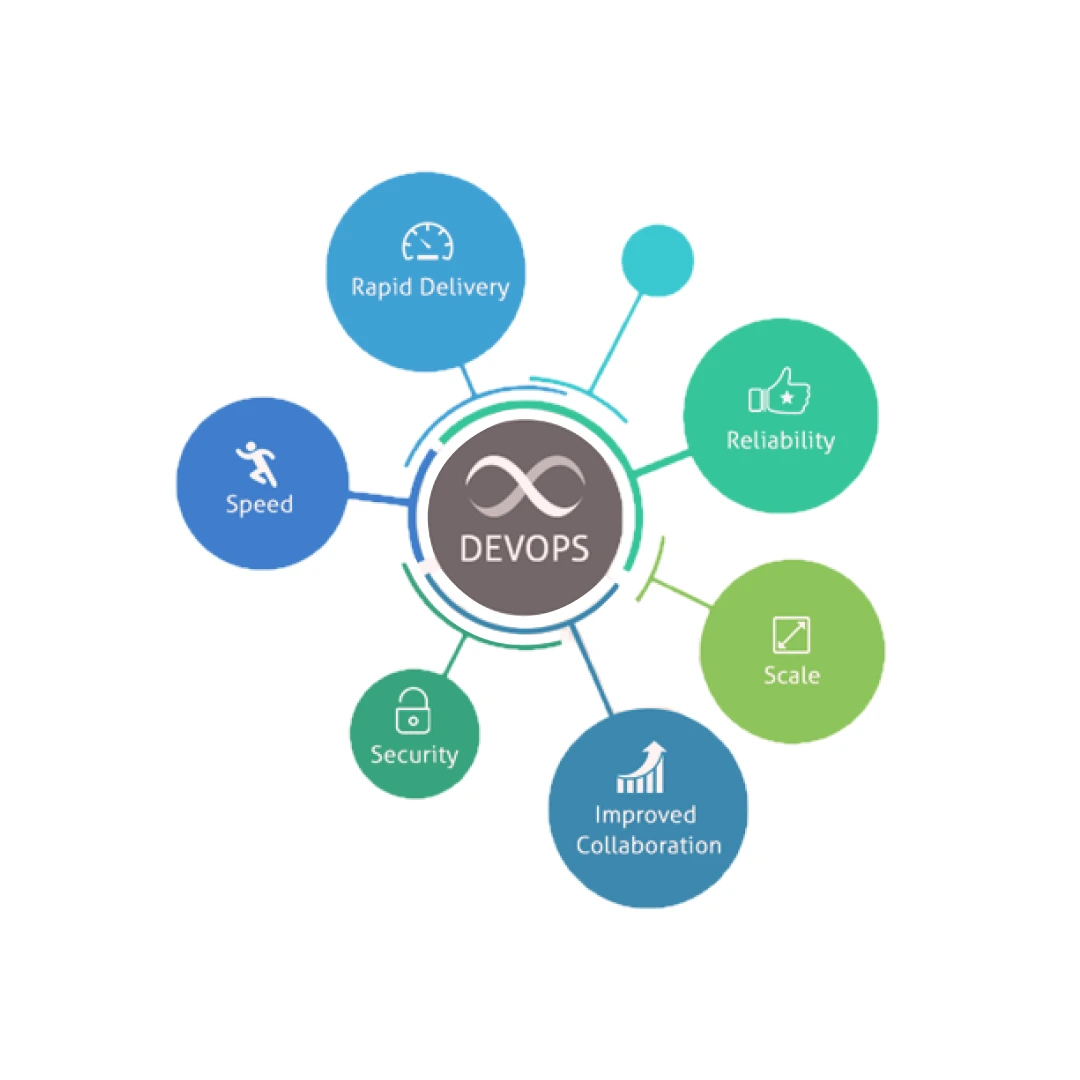
DevOps Metrics and KPIs
Key Performance Indicators (KPIs) for Measuring DevOps SuccessTo measure the success of DevOps initiatives, teams rely on a set of key performance indicators (KPIs) that provide insight into how well the DevOps processes are functioning. These metrics help teams track improvements and identify areas that need optimization. Some of the most commonly tracked KPIs include deployment frequency, change failure rate, and mean time to recovery (MTTR).
Common Metrics: Lead Time - MTTR - Deployment Frequency
- Lead Time:
Measures how long it takes for code to move from development to production. Shorter lead times indicate a more efficient DevOps process. - MTTR (Mean Time to Recovery):
Tracks the average time it takes to recover from a failure or incident. Lower MTTR means faster recovery and less downtime. - Deployment Frequency:
This metric measures how often a team is able to release new code into production. High deployment frequency reflects a mature DevOps environment with smooth and automated processes.
Challenges in DevOps Adoption
- Organizational Resistance to Change
Adopting DevOps often faces challenges from within the organization. Some teams might resist the cultural shift required to break down silos, share responsibilities, and collaborate across departments. Leadership might also struggle with the mindset shift needed to invest in automation and continuous improvement. Overcoming this resistance requires a clear communication strategy, strong leadership buy-in, and comprehensive training for all team members. - Overcoming Skill Gaps
Another challenge organizations face in implementing DevOps is the skills gap. DevOps requires expertise in multiple areas, including software development, operations, automation, and security. Bridging this gap involves providing employees with the training and resources they need to learn new tools and methodologies. Building cross-functional teams with diverse skill sets also ensures that all areas of the DevOps pipeline are covered.
The Future of DevOps
- AI and Machine Learning in DevOps
As AI and machine learning technologies continue to evolve, they are becoming integral to DevOps processes. AI-driven automation can optimize everything from infrastructure management to incident detection and response. Machine learning algorithms can analyze vast amounts of operational data, predicting potential system failures and suggesting corrective actions before problems occur. This added layer of intelligence can significantly improve the efficiency and reliability of DevOps practices. - Trends in DevOps Automation
Automation is set to become even more prevalent in the future of DevOps. From infrastructure-as-code (IaC) to advanced CI/CD pipelines, automation will continue to streamline the entire software delivery lifecycle. Emerging trends like GitOps, where Git repositories drive the automation of infrastructure and deployment processes, are gaining traction. This shift toward full automation will reduce manual interventions and further accelerate the pace of software delivery.
Case Studies: Successful DevOps Implementations
- Netflix: Scaling with DevOps
Netflix is a prime example of a company that has successfully implemented DevOps at scale. By embracing DevOps practices, Netflix has built a highly resilient, scalable, and automated infrastructure. Their use of microservices, continuous delivery, and chaos engineering allows them to deploy thousands of updates per day while maintaining high availability and performance. Netflix’s focus on automation and monitoring ensures that issues are detected and resolved quickly, keeping their service running smoothly for millions of users. - Amazon: Continuous Delivery and Innovation
Amazon is another company that has reaped the benefits of DevOps. Through continuous delivery and automation, Amazon can deploy new features and fixes to their platform on a daily basis. Their focus on microservices and cloud-native architecture has enabled them to scale quickly and innovate faster than their competitors. Amazon’s use of DevOps has been instrumental in their ability to remain a leader in the e-commerce and cloud computing industries.
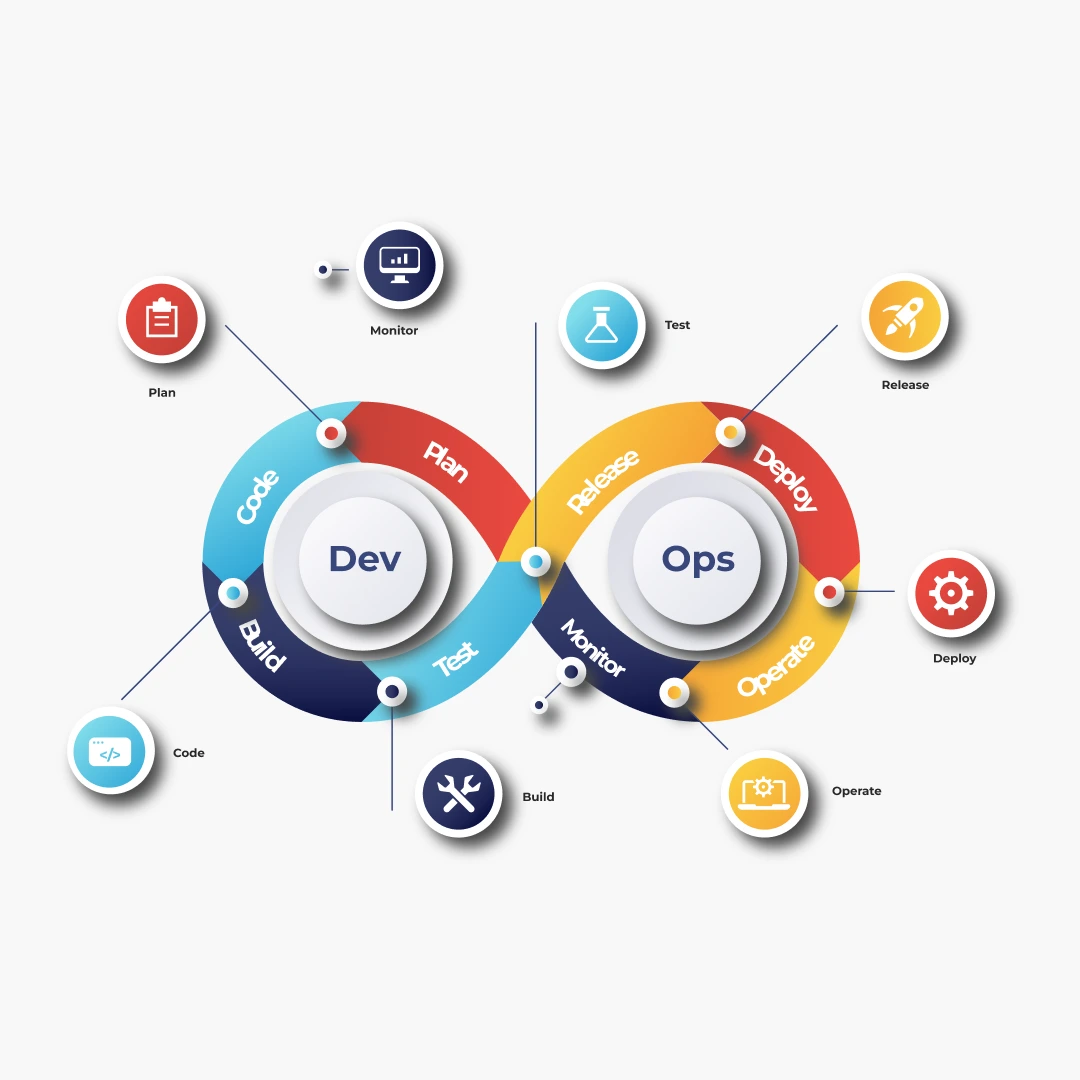
Final Thoughts
DevOps has proven to be a transformative approach for organizations looking to accelerate their software delivery, enhance collaboration between teams, and improve the overall quality of their applications. By embracing DevOps tools, techniques, and best practices, businesses can streamline their development and operations processes, reduce errors, and deliver better products faster. From automation and containerization to continuous integration and cloud solutions, DevOps offers a holistic strategy for optimizing software development.
Let Blue IT Systems GmbH guide your DevOps journey to boost your software development and operational efficiency.
Frequently Asked Questions (FAQs):
- What is the main goal of DevOps?
The primary goal of DevOps is to bridge the gap between development and operations, enabling faster, more reliable software delivery through automation, collaboration, and continuous feedback. - How do DevOps and Agile differ?
While both DevOps and Agile focus on improving software development processes, Agile is primarily concerned with the methodology and practices for developing software in iterative cycles. DevOps extends these practices to include operations, focusing on the deployment and monitoring phases as well. - What is the role of automation in DevOps?
Automation is a key component of DevOps, helping to streamline processes, reduce human error, and ensure that software is tested, deployed, and monitored efficiently. Automation tools cover a wide range of tasks, from code integration to infrastructure management. - Can DevOps be implemented in small teams?
Yes, DevOps is highly adaptable and can be implemented in organizations of any size. Small teams can benefit from DevOps by automating tasks, improving collaboration, and delivering updates more quickly and reliably. - What is the importance of containerization in DevOps?
Containerization, powered by tools like Docker, allows applications to be packaged with all their dependencies, ensuring they run consistently across different environments. This consistency is crucial for DevOps, as it enables faster, more reliable deployments and scalability. - How do DevOps metrics improve performance?
Metrics such as deployment frequency, lead time, and MTTR help


